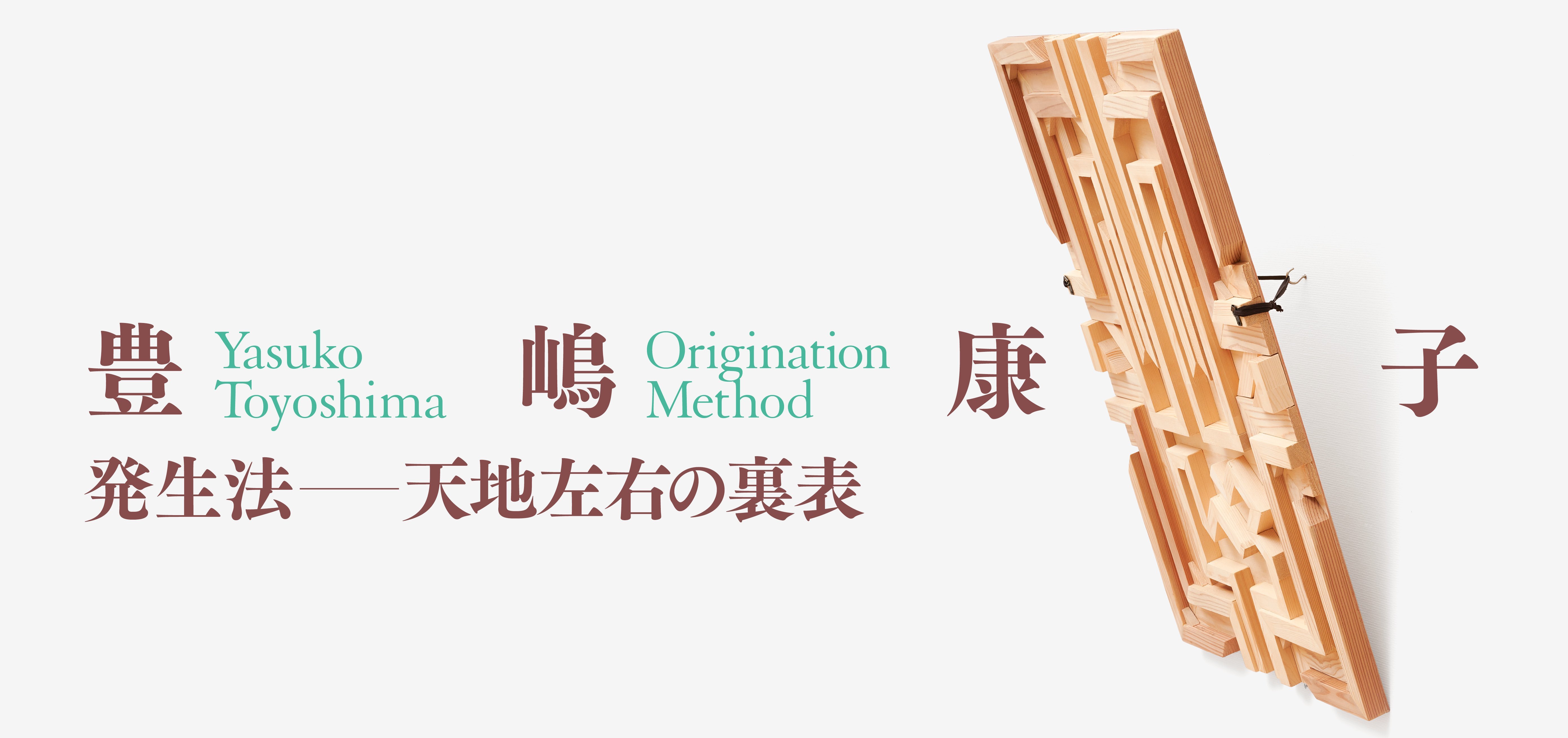
Yasuko Toyoshima: Origination Method
For over 30 years since 1990, Yasuko Toyoshima (1967–) has kept the perspective of “I” and continually confronted, in her own ways, various systems, values, and rules that surround us. Toyoshima leverages her interests and feelings of alienation to reexamine and reinterpret the frameworks and rules that govern our thoughts and actions—from the mechanisms of objects and tools, school education, and economic activities to various everyday actions—which we have inevitably internalized and automated. By doing so, she questions how human thought patterns, society, and the self are formed.
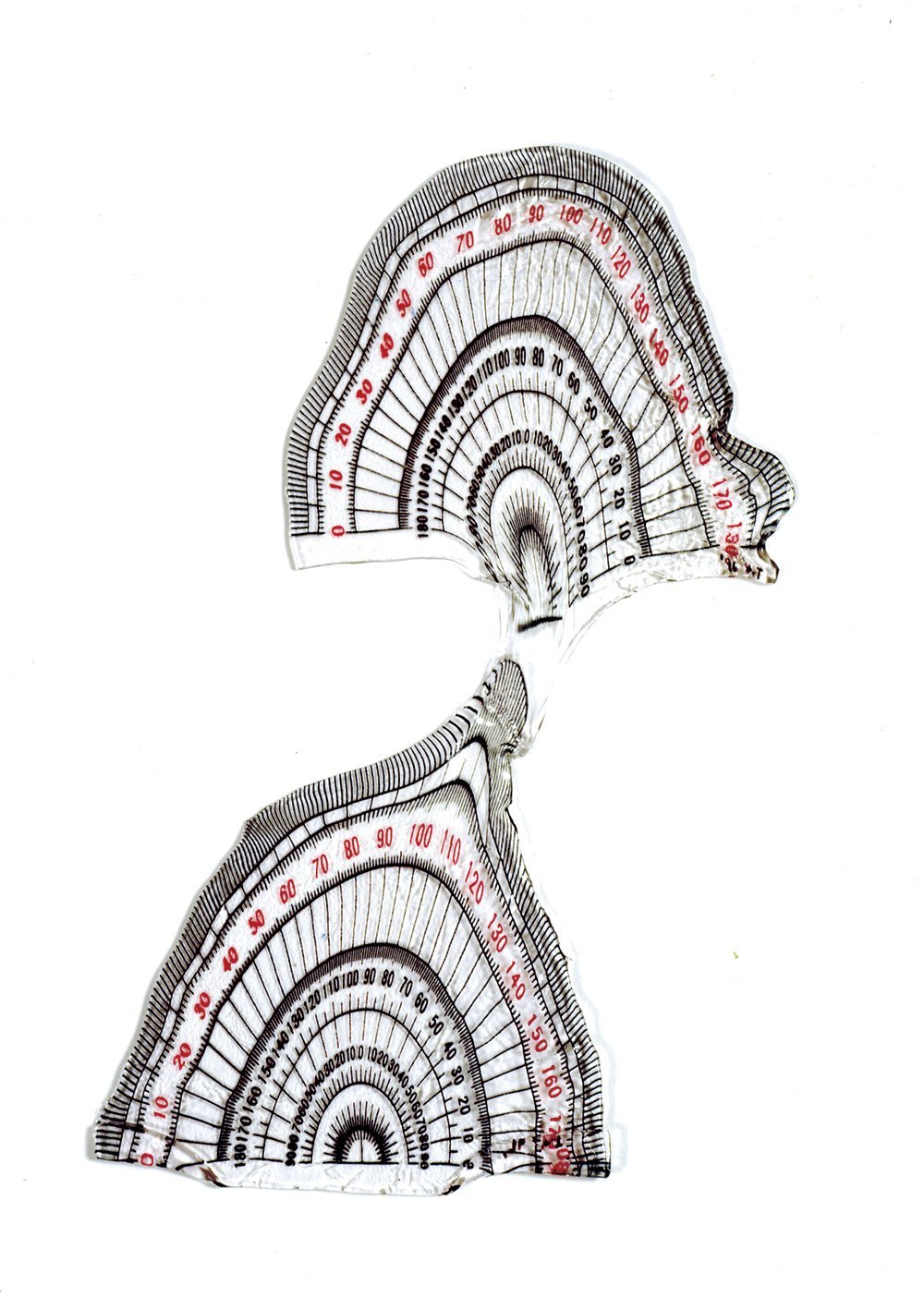
The Professional GO Players’ Championship Series, 1992, Collection of the artist. Photo: Tadasu YAMAMOTO
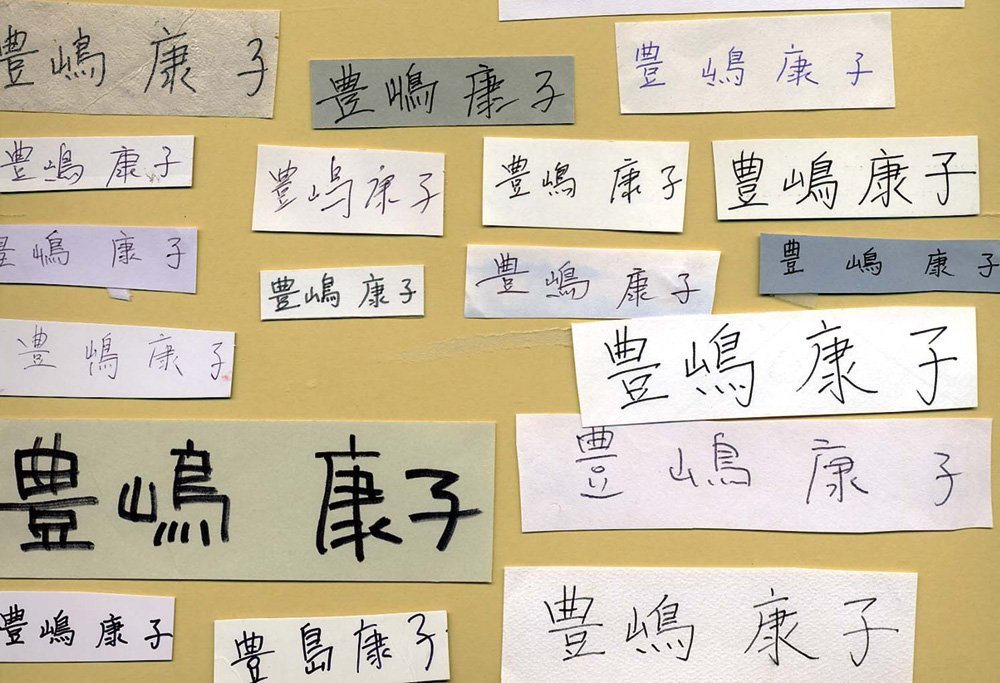
Script Horizontal #1, 1999-, Collection of the artist
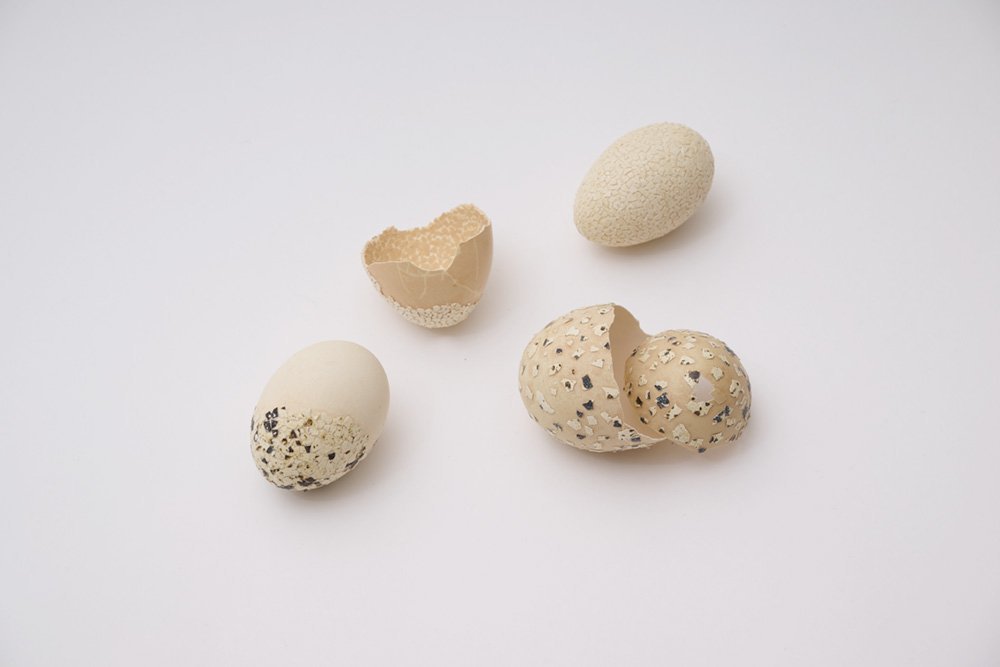
Restoration-Fabrication, 2003-2006, Collection of the artist. Photo: Kenta HOSHINO
Toyoshima’s artistic career began with works such as Endless Abacus and Pencil from 1990, in which she follows the objects’ usage and structure and, at the same time, paradoxically takes advantage of them to present them in different ways while suspending the functions in midair. From the late 1990s, she began to extensively examine the scope of artistic expression and expanded her media to include social and economic activities, such as opening bank accounts and buying stocks and insurance, which led to pieces like Open Bank Account and Mini Investment that irradiated specific systems as a whole from a single point “I.” In Color Compensation 1 from 2005, Toyoshima attempts to diligently repaint the generally shared color system using her own settings. These pieces have diverse appearances, but they are all conceived to inject new perspectives into the existing systems, frameworks, and sequence by using “I” while preserving the context, and to deviate, distort, invert, and idle the original signification to capture the “origination” of the structures and our understanding and experience. The series works such as Place in a Certain Order (2009–), Cover-up Maneuvering (2012–), the Panel series (2013–), and The Copernican Theory (2020–) can be understood as abstract development of such structures. Order, front and back, a support medium and an image, up and down, making and not making—such dichotomies are continually shifted, layered, and inverted in Toyoshima’s works to reveal multiple perspectives.
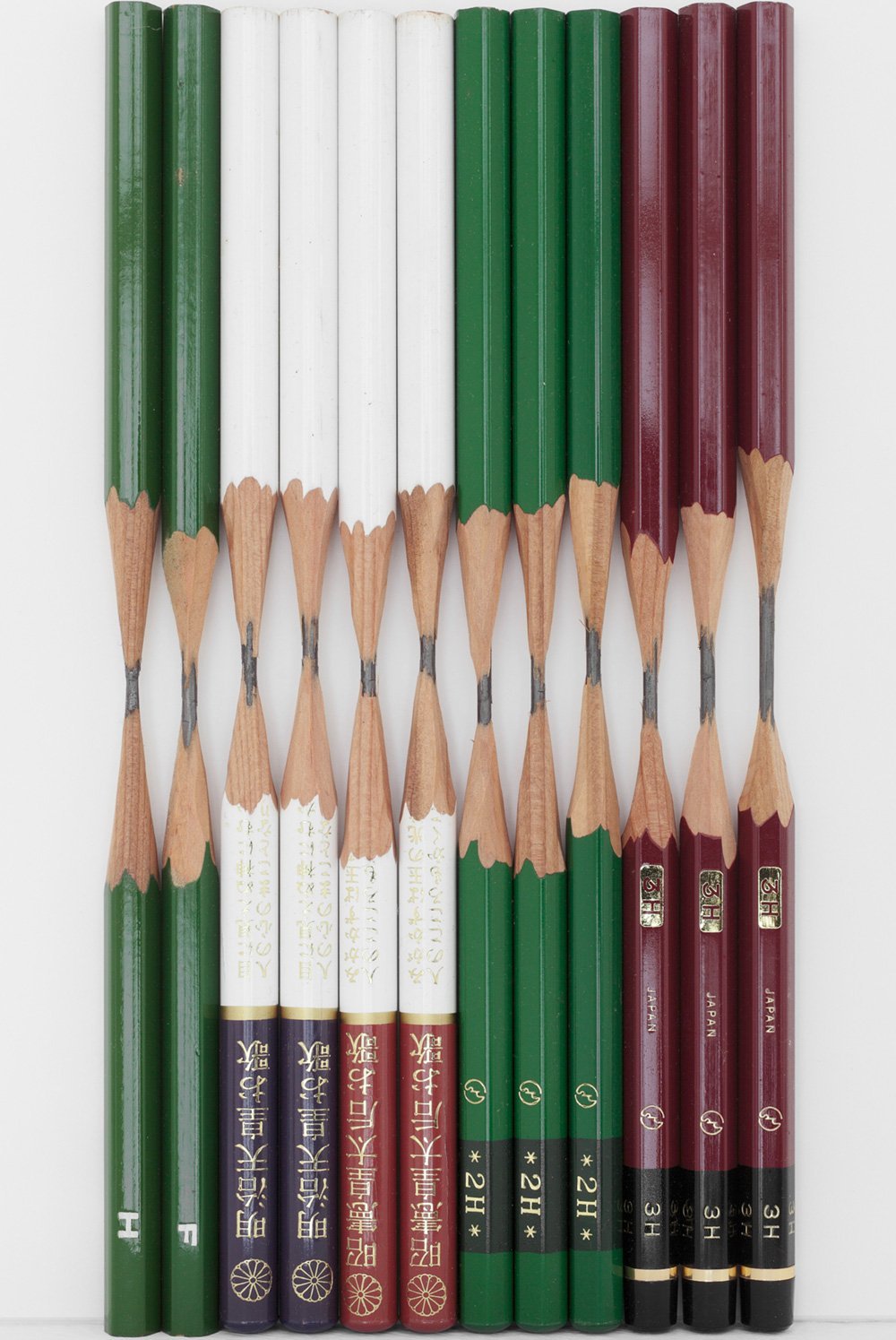
Pencil, 1996, Museum of Contemporary Art Tokyo. Photo: Shizune SHIIGI.
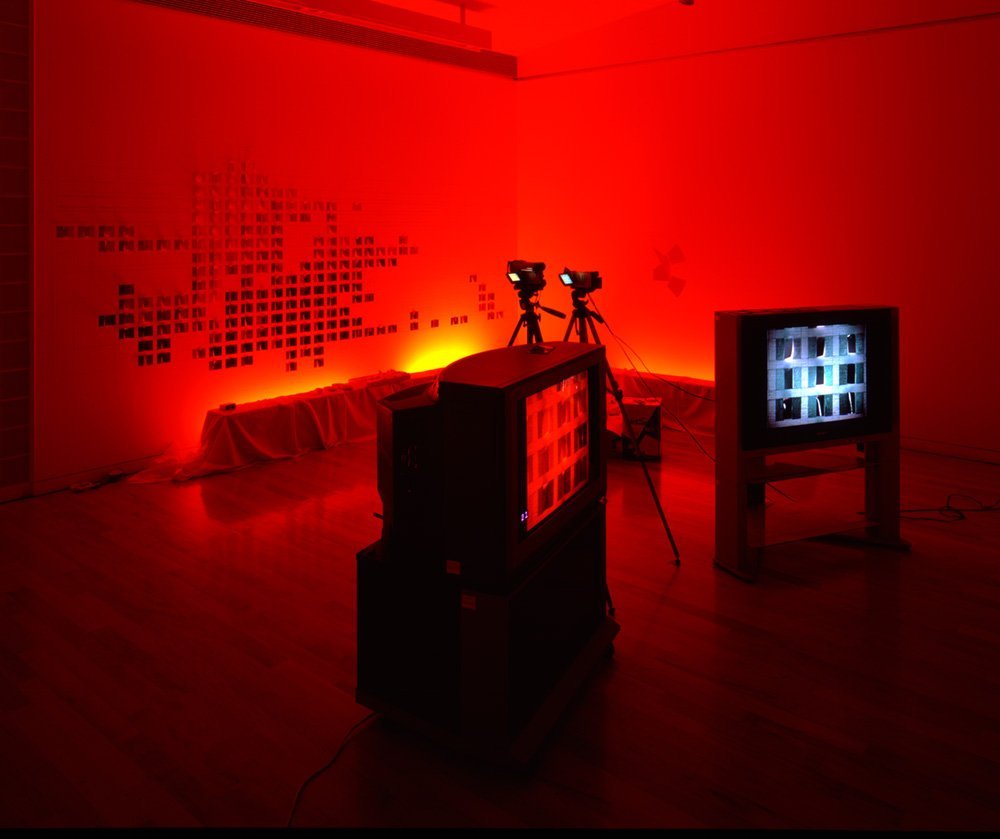
Color Compensation 1, 2005-, Collection of the artist. Photo: Mitsuru GOTO (Open Studio Program at Fuchu Art Museum 2005)
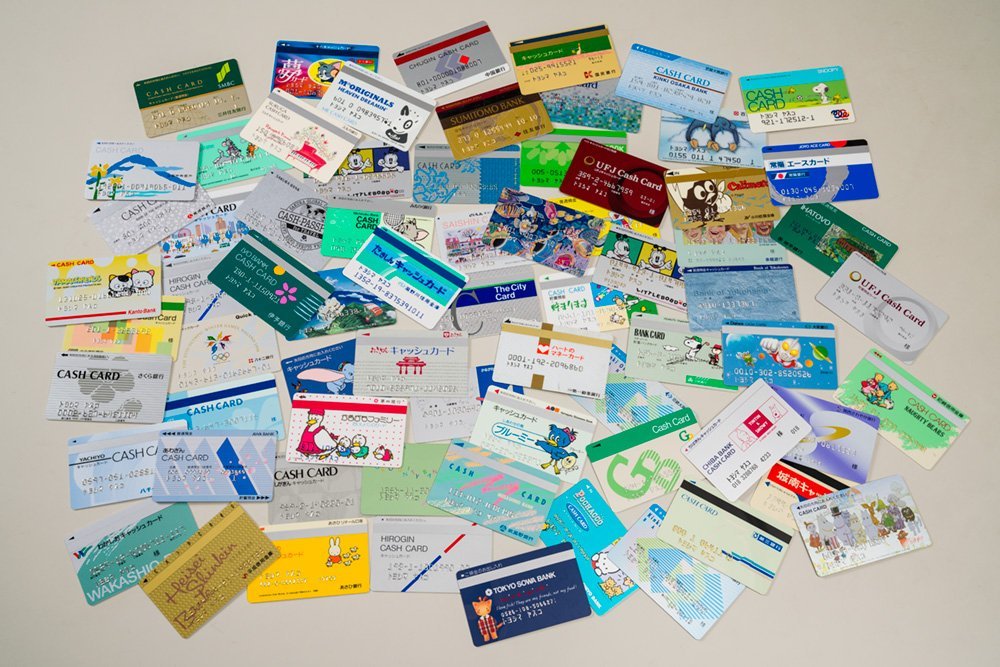
Open Bank Account, 1996-, Collection of the artist. Photo: Ken KATO
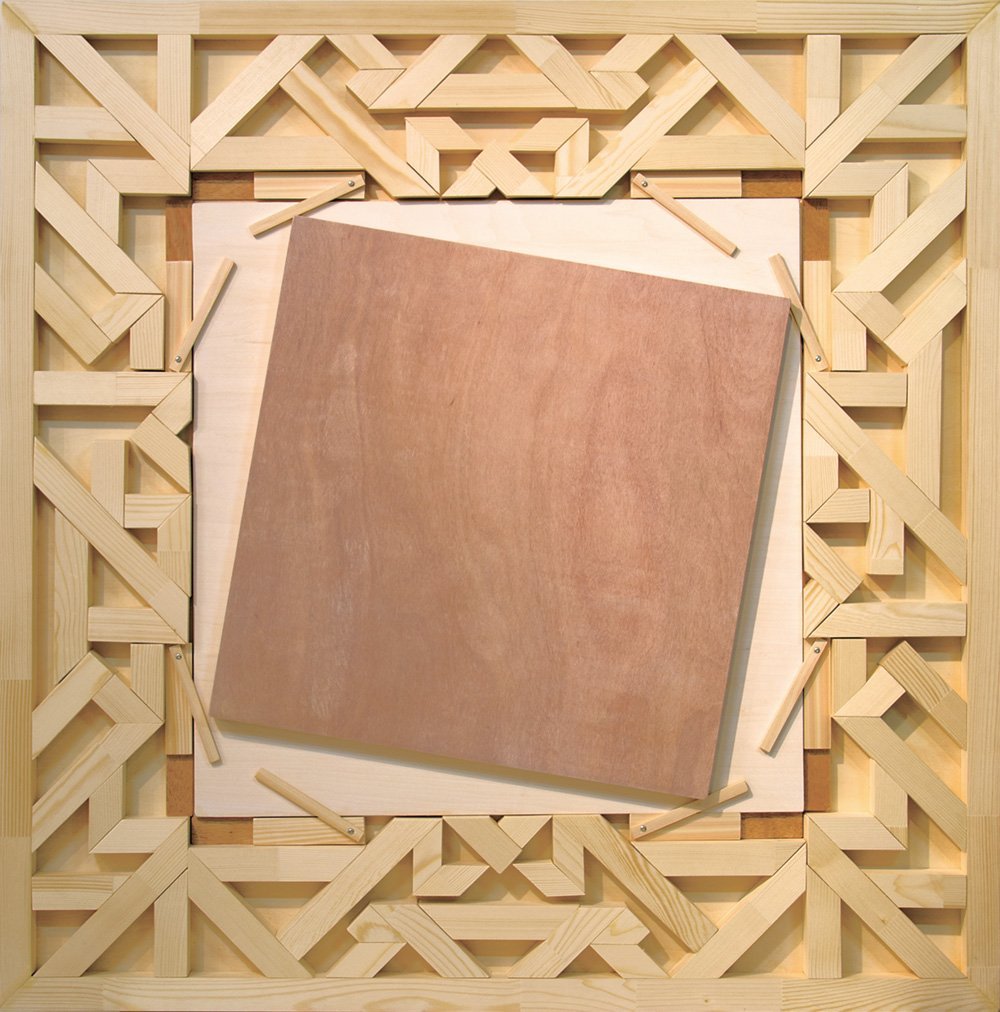
Panel #32, 2014, Private collection. Photo: Yasuko TOYOSHIMA
This is the first major museum exhibition to bring together nearly 500 works by Toyoshima, from the earliest to the latest pieces, to examine her artistic activity in its entirety. Converging a myriad of worldly rules and “I,” her works offer many hints to those of us who remain inseparable from the systems. What determines “up or down” and “left and right”? How about inverting “front and back”?
With a certain assertiveness and humor of using her own thoughts as material, Toyoshima gives form to how “I” reacts to things around us and tries to capture the “origination” of both systems and “I.” Her works will allow us to reevaluate our thoughts, actions, and the domain of freedom.
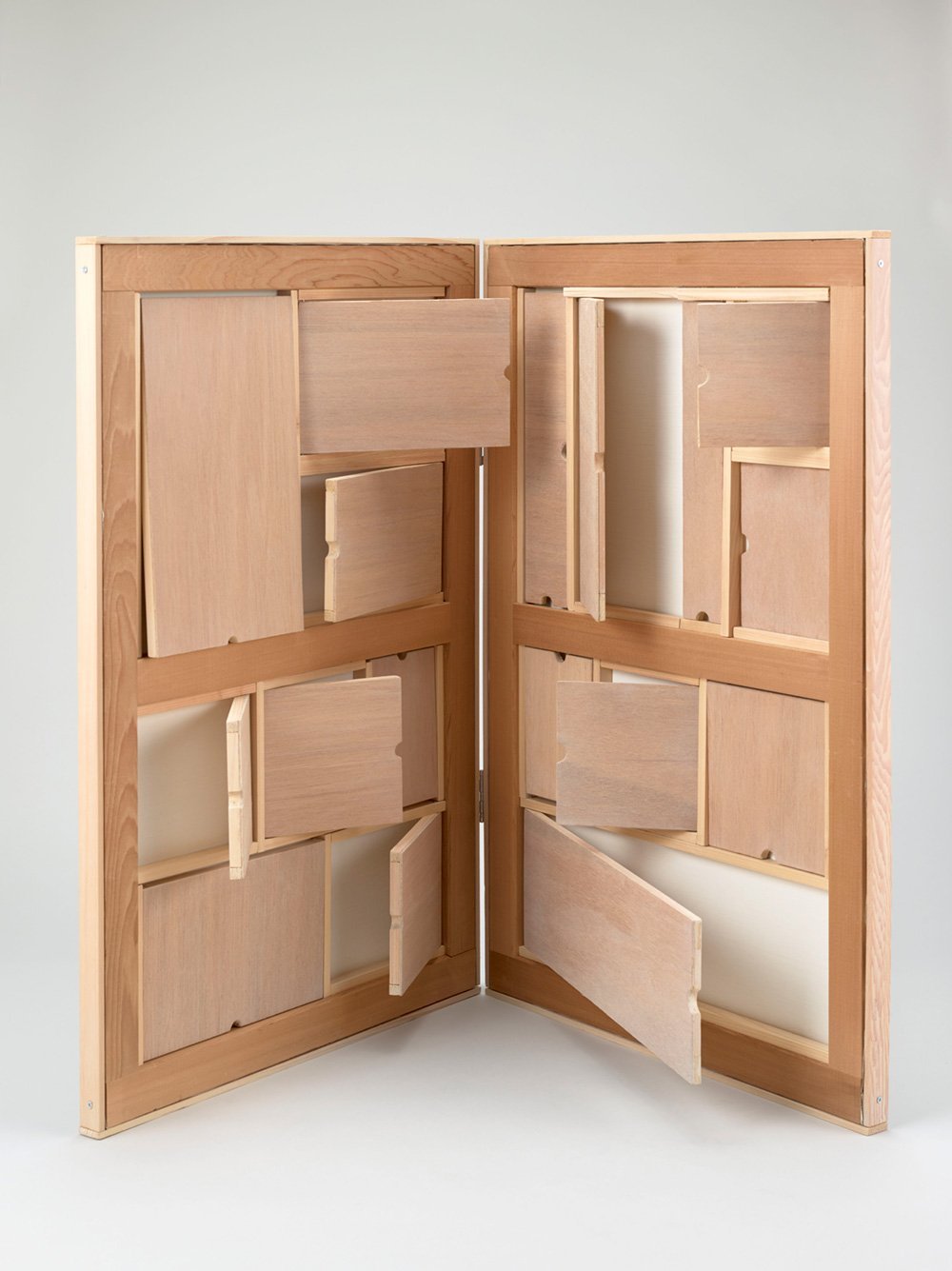
Cover-up Maneuvering 20120625, 2012, Museum of Contemporary Art Tokyo. Photo: Ichiro OHTANI
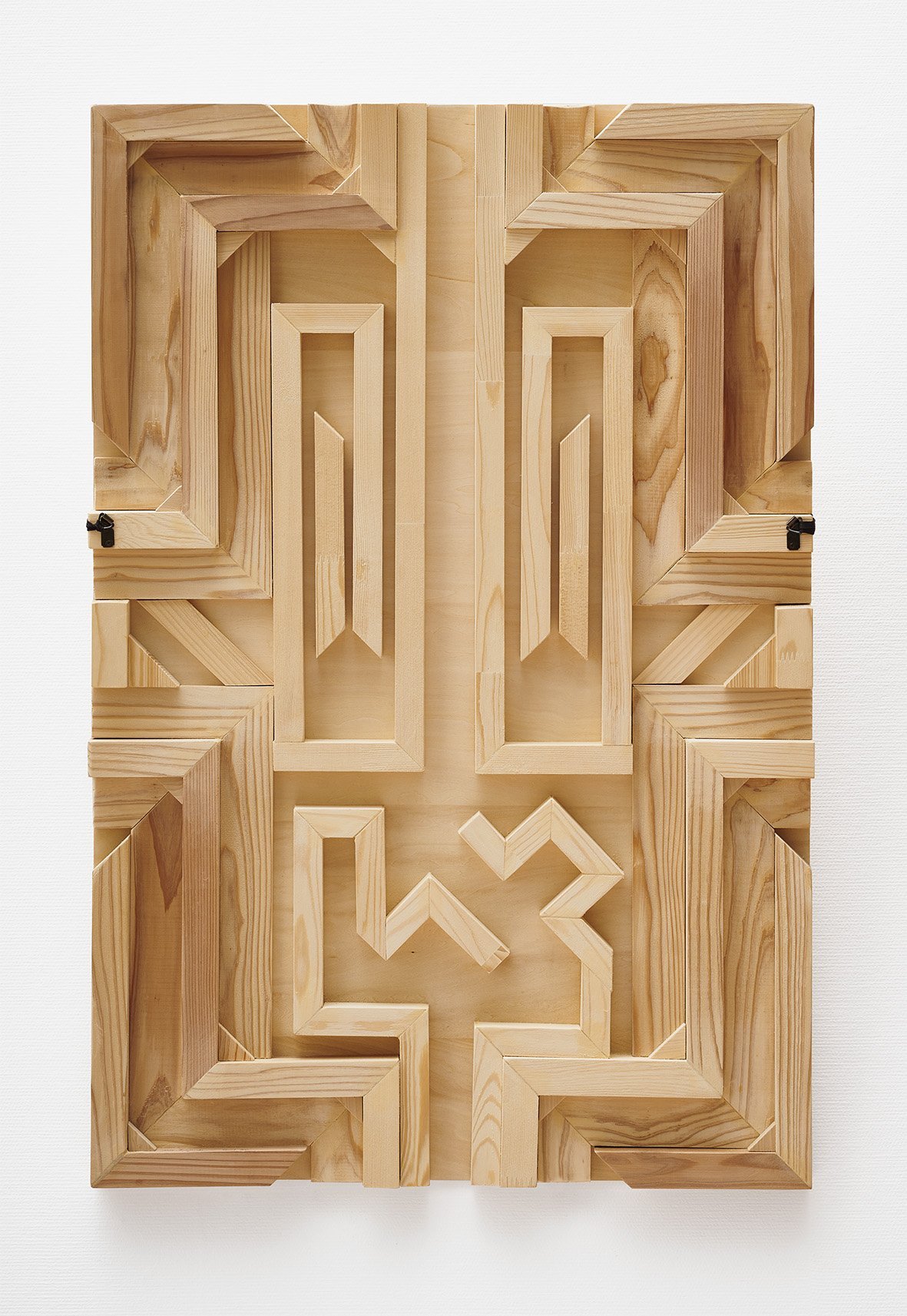
Panel #22, 2014, Collection of the artist. Photo: Kenta HOSHINO
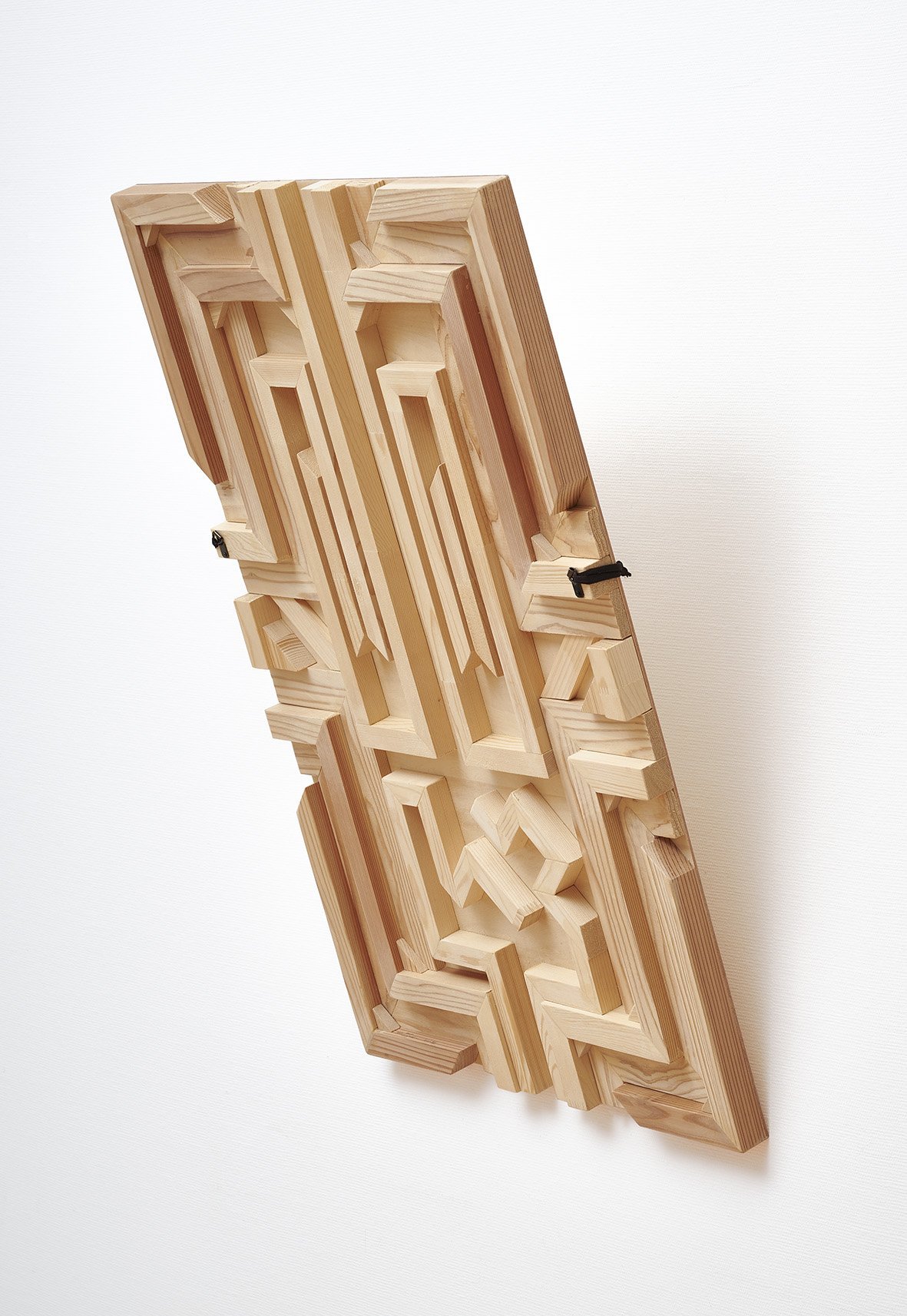
Panel #22, 2014, Collection of the artist. Photo: Kenta HOSHINO
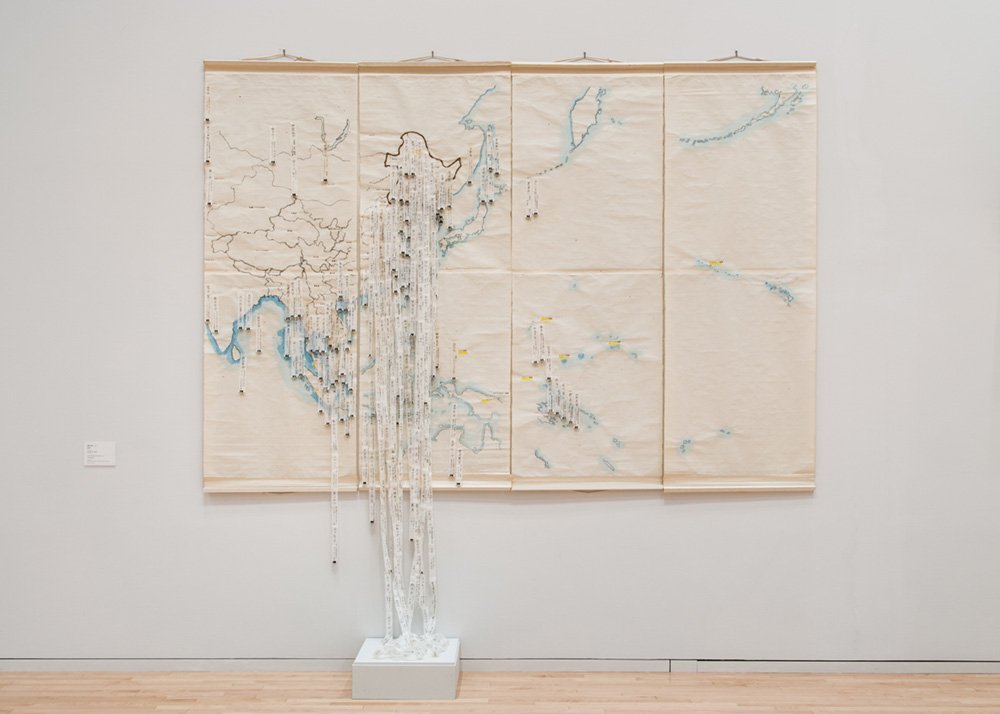
Precedent, 2015, Photo: Masaru YANAGIBA (Installation view, Museum of Contemporary Art Tokyo, 2019)
Exhibition Highlights
“What the realm of art should do is to expand the realm beyond the expectation of the other person.”
“I reconfigure, on my own will, the space I live in.” —Yasuko Toyoshima
The fact that Toyoshima considers “expression” as an act for all people confirms that her creations are not solely intended for art professionals. Her works invite us to “contemplate” while, at the same time, bring us the pleasure of “seeing” and the temptation of “making.” As Toyoshima’s contemporaries, we may encounter pieces that directly concern ourselves.
First Major Solo Exhibition Unveils Artist’s 30-Year Career Through 500 Works
In 1990, Toyoshima exhibited her works at Takanawa Museum (now Sezon Museum of Modern Art) while a student at Tokyo University of the Arts. Since then, although her works have often been placed in the realm of conceptual art, she has consistently involved “I” in her works. Her unique approach has been widely supported especially by artists. In recent years, she has been attracting renewed attention through participation in group exhibitions, and there has been enthusiastic interest in an opportunity to overview her entire body of work. This long-awaited solo exhibition will bring together for the first time nearly 500 works from the museum’s and private collections, ranging from the earliest to the latest works.
Long-Lost (?) Early Works
The exhibition includes two of the artist’s debut works—Fill in the Blank and Endless Abacus—originally exhibited in 1990 at Gallery Tamura and Takanawa Museum (Karuizawa, Nagano). They are fully restored and presented for the first time in 33 years in a format that follows the original installations. In particular, Fill in the Blank is a critical piece, in which Toyoshima found her expression. (*Endless Abacus was shown at Takanawa Museum only.)
“See” Artist’s Thoughts Through Installation Based on Her Ideas
The physical structures of Toyoshima’s works can be understood as her unique way of reexamining and reconstructing the mechanisms of various objects and events. In the exhibition, the works are loosely grouped according to their innate structures to reveal their relationships, based on the artist’s ideas. As is appropriate for an artist who uses systems as material, the museum itself will be reexamined and reinterpreted. We invite you to explore the overlaps and connections among the multiple works that illuminate each other throughout the exhibition space and to experience the artist’s thoughts.
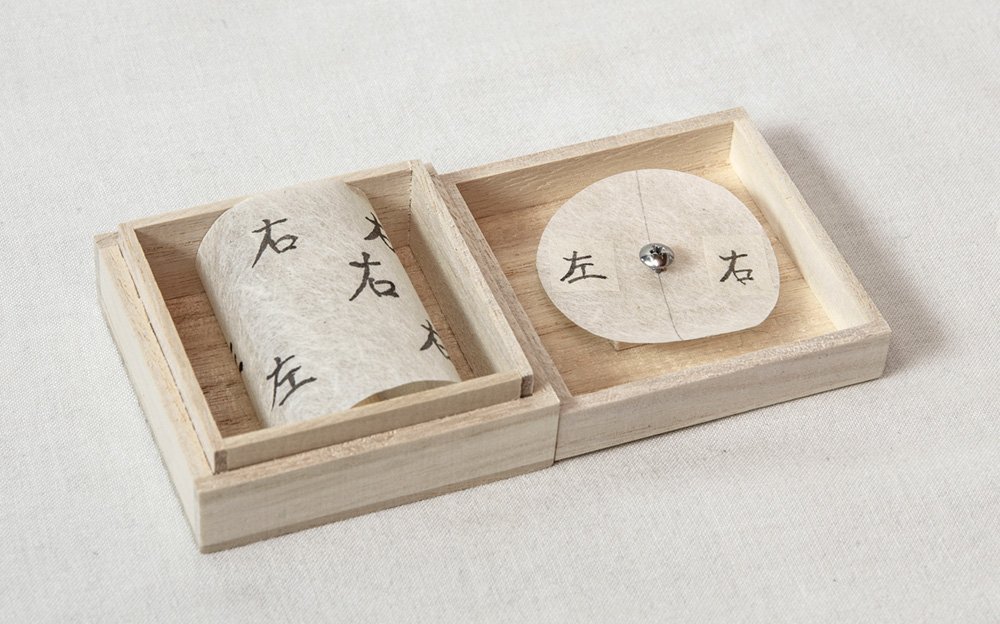
Rotation (Left, Right) , 2018, M-gallery. Photo: Yasuko TOYOSHIMA
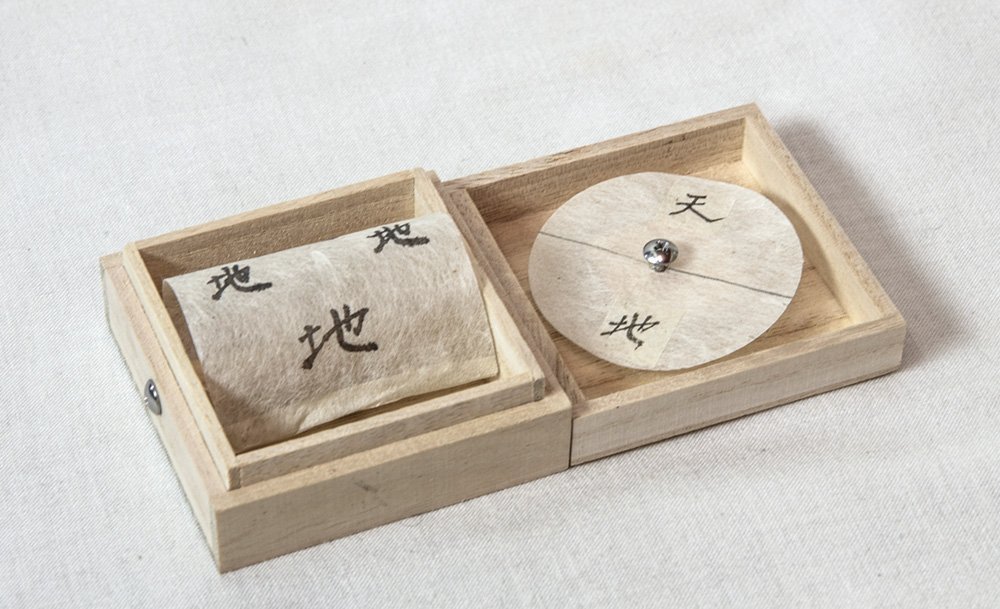
Rotation (Up, Down), 2018, M-gallery. Photo: Yasuko TOYOSHIMA
Getting to Know the Artist
■During the exhibition, there will be a variety of programs, including artist talks, discussions, and gallery tours by volunteers and the curator.
■Exhibition Catalog
The catalog includes essays by prominent critics Ryo Katsumata and Takuya Nakao, reprints of essential texts, and the installation views (scheduled to be published by Shoshi Tsukumo in early February 2024). A book, Yasuko Toyoshima: Works 1989–2022 (tentative title), is also scheduled to be published by the same publisher.
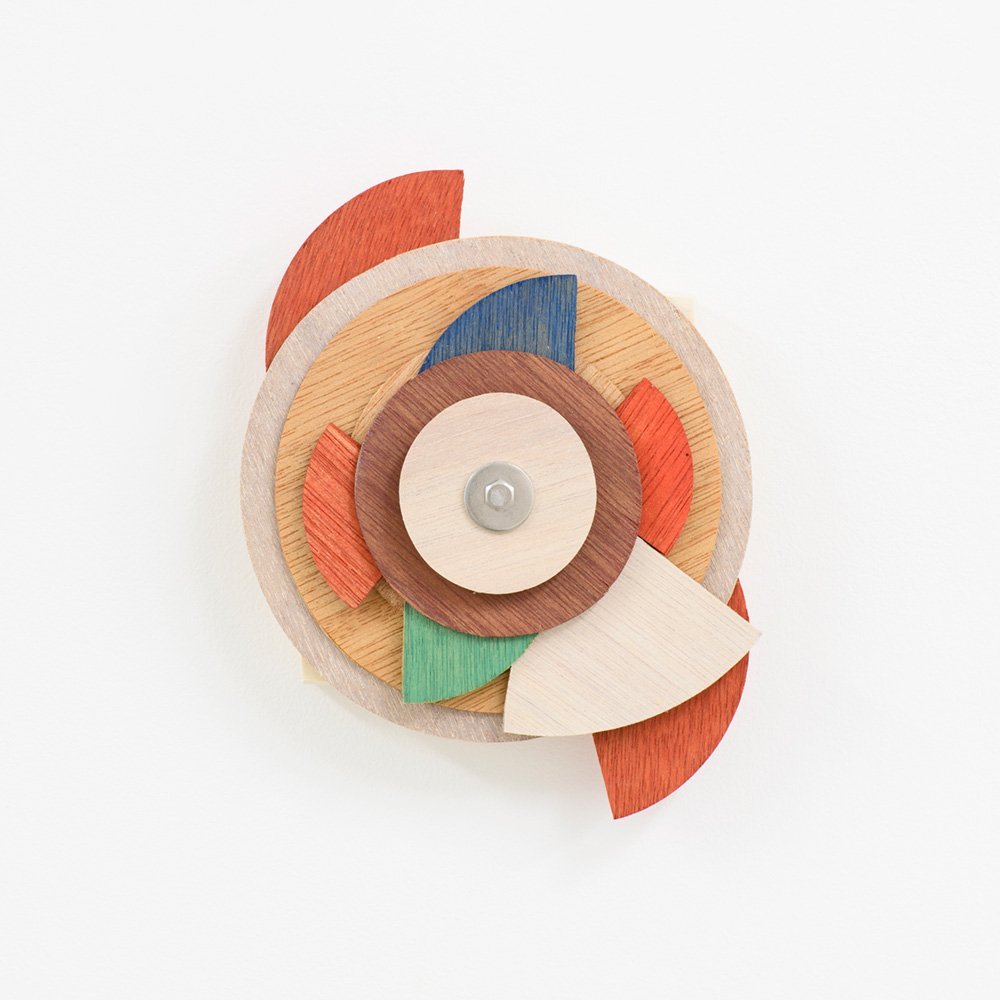
The Copernican Theory 2020 Aere, 2020, Private Collection. Photo: Kenta HOSHINO
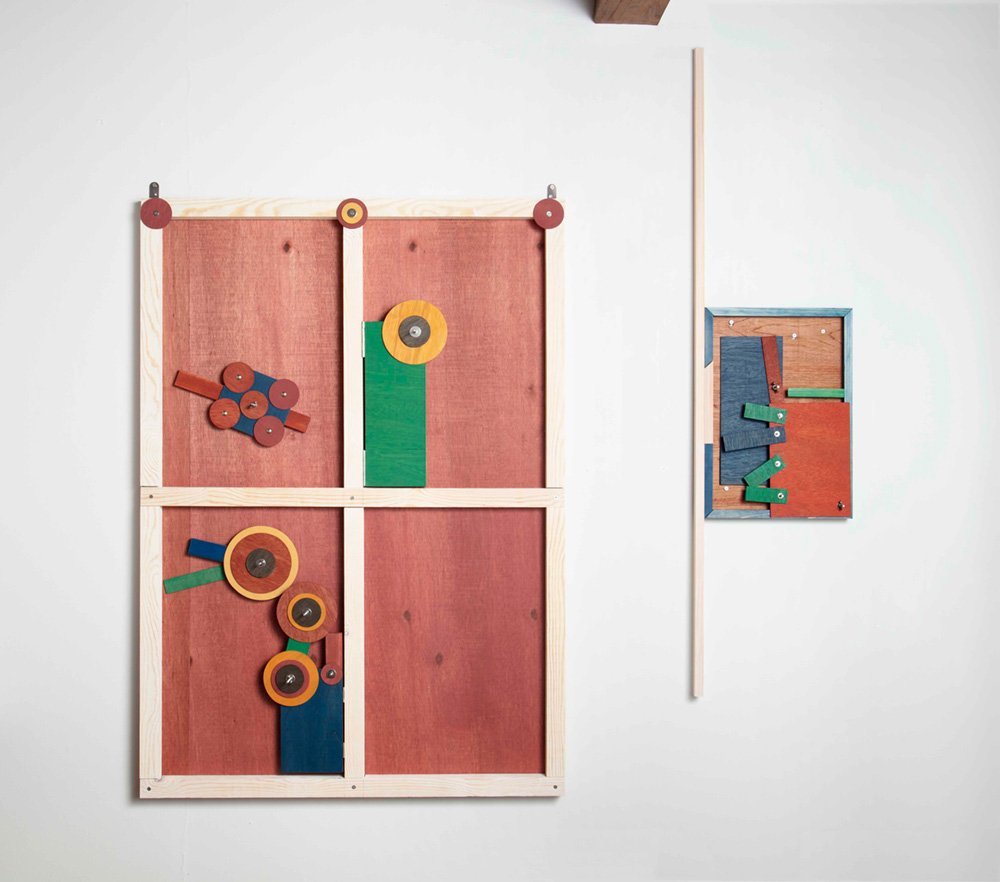
Left: Enclosure 2 / Right: Enclosure Tail, 2021, Private Collection. Photo: Tadasu YAMAMOTO
About the Artist
-
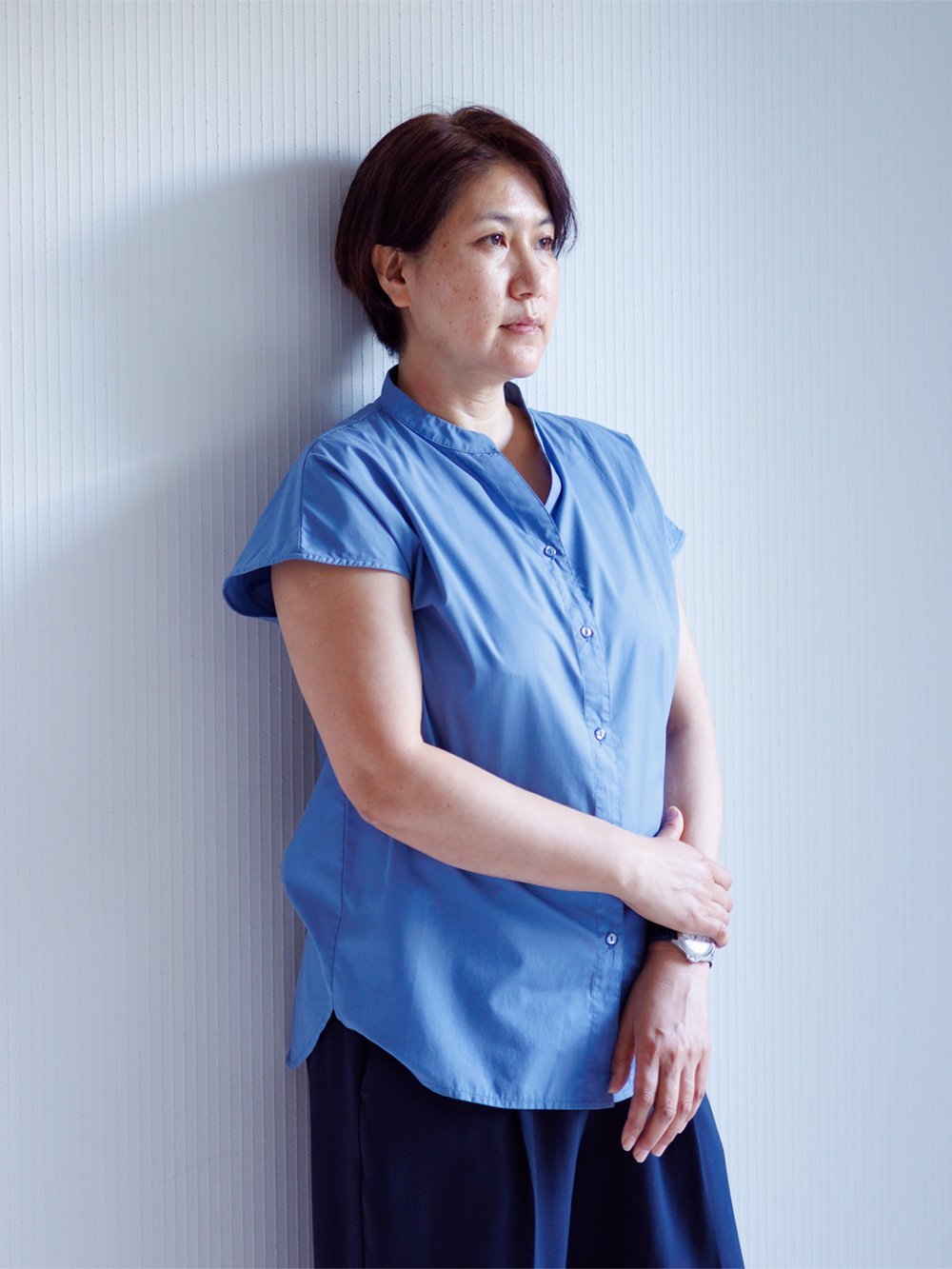
Photo: Osamu Kurihara
Yasuko Toyoshima
Born (1967) and resides in Saitama Prefecture.
Toyoshima completed the Master Course at Tokyo University of the Arts (Tokyo, Japan) and received MFA in 1993. In 1990, her first solo exhibition was held at Gallery Tamura. Since then, her solo shows have taken place at various galleries, including Akiyama Gallery (Tokyo), M-gallery (Ashikaga, Tochigi), Galleria Finarte (Nagoya, Aichi), and Maki Fine Arts (Tokyo). Her recent solo exhibitions include Color Compensation 1, Open Studio Program 27 (2005, Fuchu Art Museum) and The Capital Room: Beyond Three Dimensional Logical Pictures vol.1 Yasuko TOYOSHIMA (2015, gallery αM). Her works have been presented at many group exhibitions, including ART TODAY 1990 (1990, Takanawa Museum [now Sezon Museum of Modern Art]), Slanting House/ Statements by the Artists in Japan since 9.11 (2002, Museum of Contemporary Art Tokyo), The Yebisu International Festival for Art & Alternative Visions 2017 Multiple Future (2017, Tokyo Photographic Art Museum), Assembridge NAGOYA 2017 (2017, Former Minato Dormitory of Nagoya Custom), and Image Narratives: Literature in Japanese Contemporary Art (2019, The National Art Center, Tokyo). She is a Professor at Tokyo Zokei University.
Information
- Exhibition Period
Saturday, 9 December 2023 – Sunday, 10 March, 2024
- Closed
Mondays (except 8 Jan, 12 Feb), 28-31 Dec, 1 and 9 Jan, 13 Feb
- Opening Hours
10 AM-6 PM (Tickets available until 30 minutes before closing.)
- Venue
Museum of Contemporary Art Tokyo, Exhibition Gallery 1F
- Admission
Adults – 1,400 Yen / University & College Students, Over 65 – 1000 Yen / High-school & Junior High-school Students – 600 Yen / Elementary School Students & younger – free
*20% discount for a group of over 20 people (not applicable for Combined Ticket)
*Ticket includes admission to the MOT Collection exhibition.
*Children younger than elementary school age need to be accompanied by a guardian.
*Persons with a Physical Disability Certificate, Intellectual Disability Certificate, Intellectual Disability Welfare Certificate, or Atomic Bomb Survivor Welfare Certificate as well as up to two attendants are admitted free of charge.
[Silver Day] Those over 65 years old receive free admission on the third Wednesday of every month by presenting proof of age at the ticket counter.
[Students Day supported by Bloomberg] Students can view the exhibition for free by presenting a valid ID at the museum's ticket counter on February 24 and 25.
[Welcome Youth 2024] Those aged under 18 (born after April 2, 2005) can view the exhibition for free between March 1 and 10 by presenting a valid ID at the museum's ticket counter.
ONLINE TICKETThe ticket is valid anytime during the exhibition period. / Admission is only once for each exhibition per person. / No cancellations or changes can be made after the purchase. / Ticket is also available at the museum's ticket counter.- Organized by
Museum of Contemporary Art Tokyo operated by Tokyo Metropolitan Foundation for History and Culture
- Cooperated by
Forestechna



